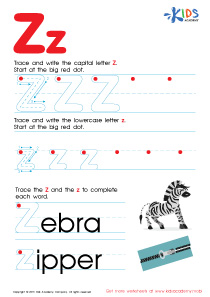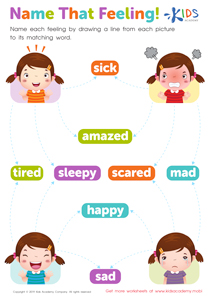Fine Motor Skills Extra Challenge Tracing Letters Worksheets for 6-Year-Olds
7 filtered results
-
From - To
Enhance your child's fine motor skills with our "Fine Motor Skills Extra Challenge Tracing Letters Worksheets" designed specifically for 6-year-olds. These engaging worksheets provide a fun and interactive way for young learners to practice letter tracing while developing hand-eye coordination and dexterity. Each worksheet features a variety of letters, with creative designs that challenge kids to improve their handwriting and control. Perfect for both home and classroom settings, these worksheets promote essential skills to set the foundation for successful reading and writing. Empower your child with confidence through this enjoyable learning experience! Ideal for early learners eager for an extra challenge.
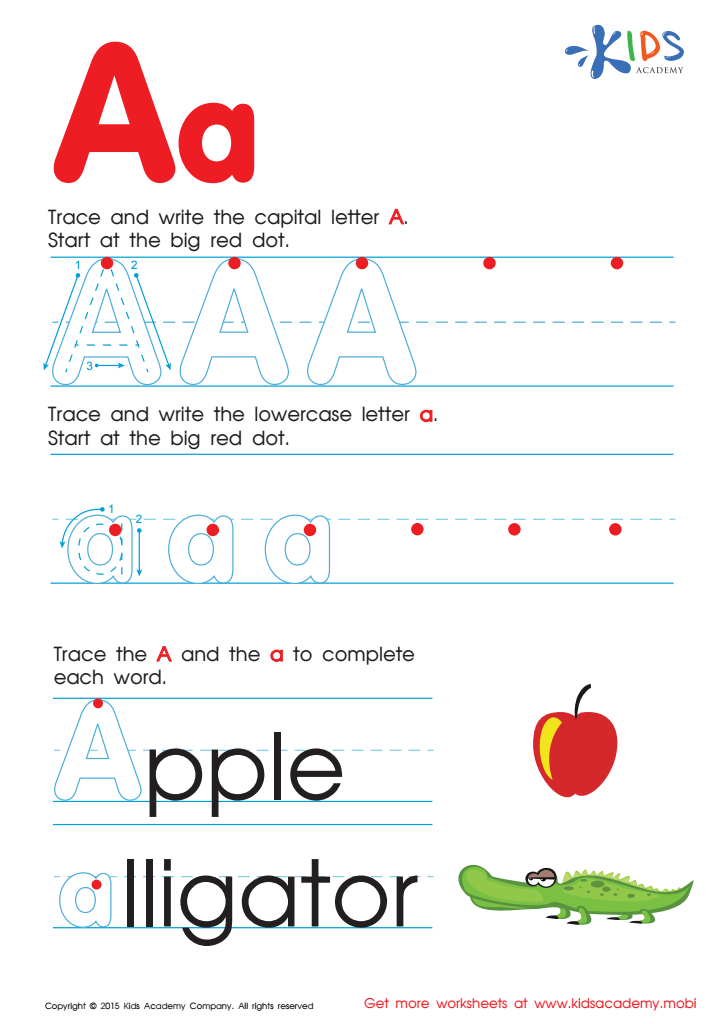

Letter A Tracing Page
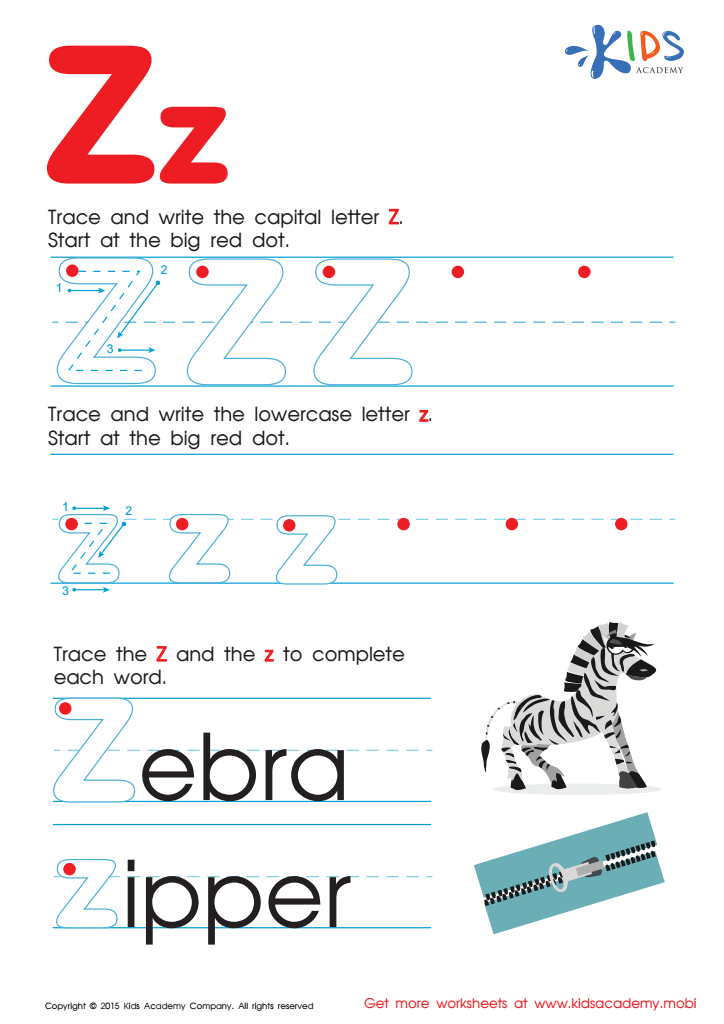

Letter Z Tracing Page
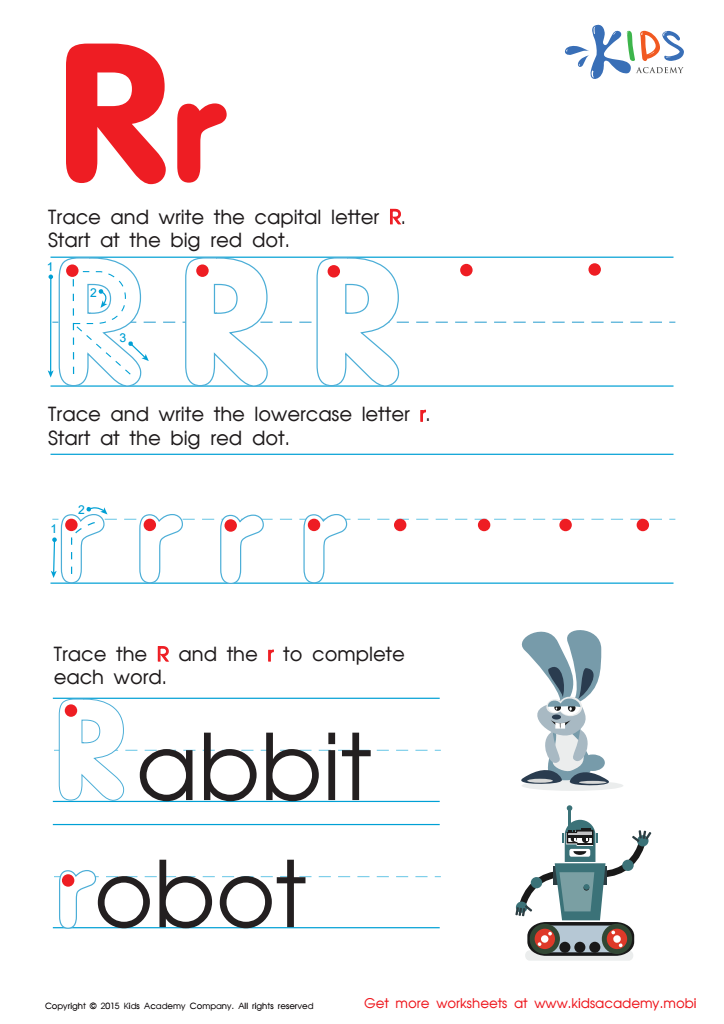

Letter R Tracing Page
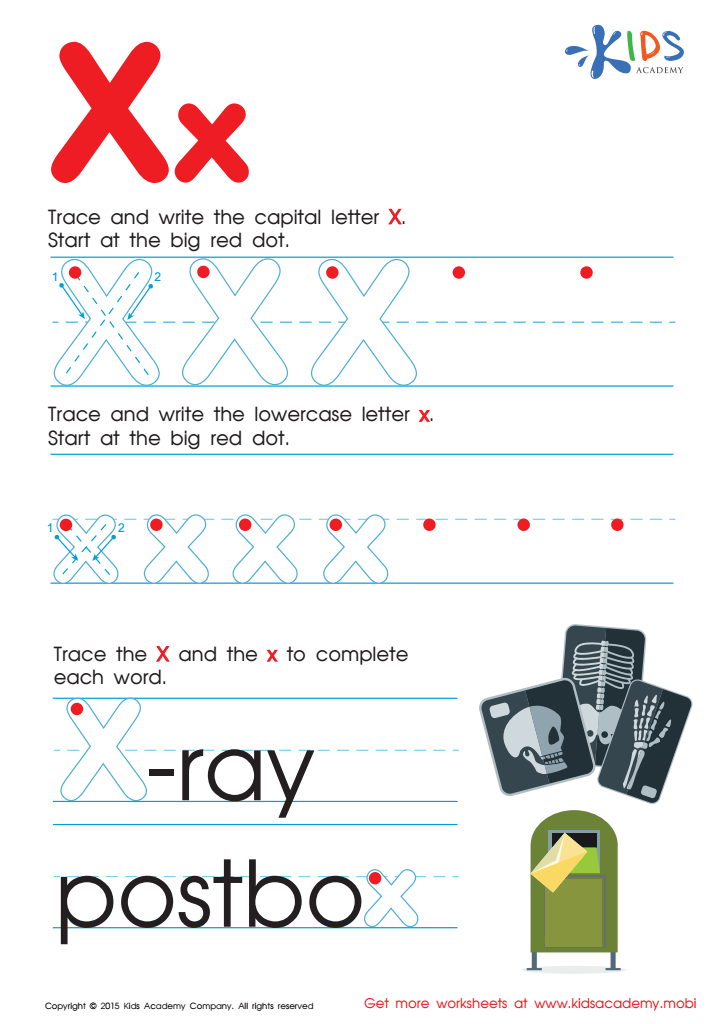

Letter X Tracing Page


Letter U Tracing Page
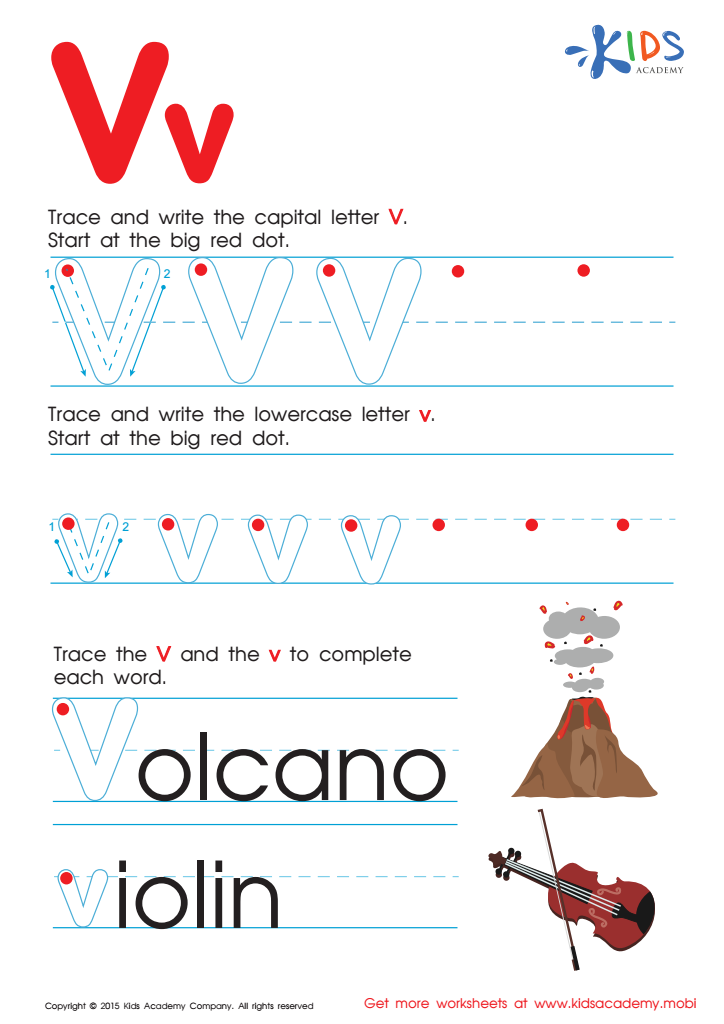

Letter V Tracing Page
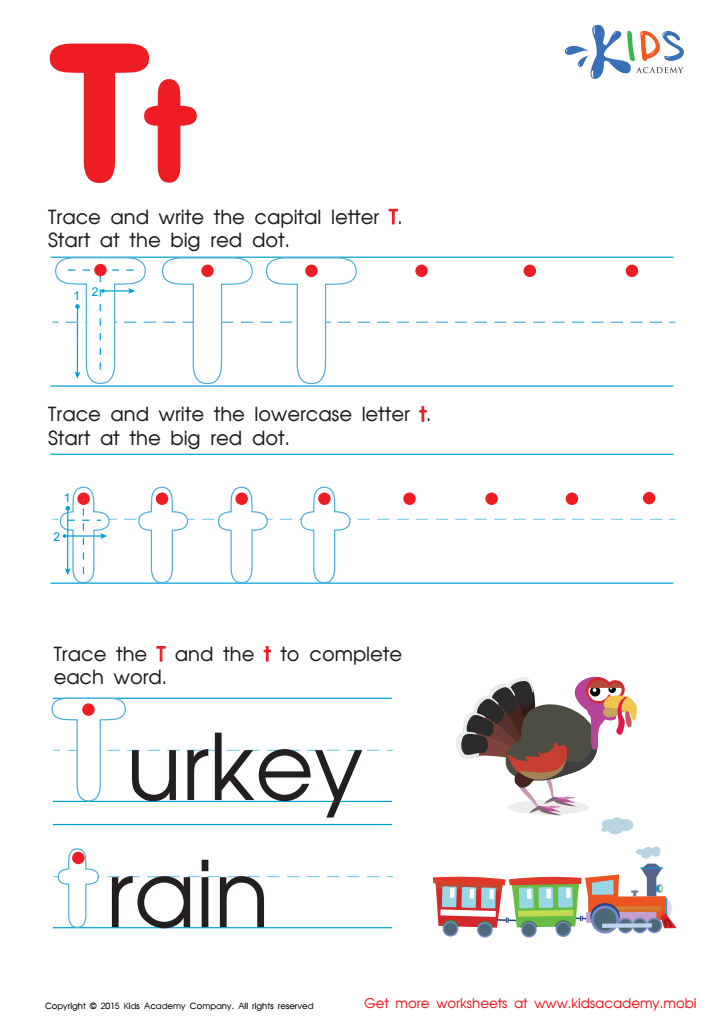

Letter T Tracing Page
Parents and teachers should prioritize Fine Motor Skills Extra Challenge Tracing Letters for 6-year-olds because these skills are foundational for a child's overall development. Fine motor skills involve the coordination of small muscles, particularly in the hands and fingers, which are crucial for various daily tasks, including writing, typing, and self-care activities like buttoning clothes or using utensils.
Tracing letters as an early literacy and fine motor skill exercise enhances a child's hand-eye coordination, concentration, and dexterity. Engaging in tasks that require precision can also improve a child's focus, patience, and ability to follow directions—key components in their academic journey. Furthermore, developing fine motor skills contributes to better handwriting, which directly impacts academic performance.
Additionally, these tracing exercises promote cognitive skills by helping children recognize letters and their sounds, fostering a love for language and reading. They also offer opportunities for creative expression and boosted self-confidence as they see their progress over time. Caregivers should thus invest time in such activities to nurture both fine motor and cognitive development in children, allowing them to thrive academically and socially as they grow.
 Assign to My Students
Assign to My Students










